An average of 190 million people around the world - from Afghanistan and Azerbaijan to Central Asia and Northern India - celebrate Nowruz each year in the springtime. It is an ancient Zoroastrian tradition, started 3000 years ago. Novruz is not confirmative to either Islamic or Christian holidays. Meaning ‘New Day’ in Farsi, it marks the end of the old year and the beginning of a new one; it is symbolic of the start of Spring because it occurs on the day of the vernal equinox.
During Soviet times, Novruz was forbidden to be celebrated in soviet countries, but despite this, people celebrated it, hidden in their homes. Thus, this tradition survived for many years.
In 2010 the UN formally recognized it as an international holiday.
This story will depict how Azerbaijanis celebrate the various eclectic and exhilarating traditions Novruz in Azerbaijan, Georgia and in Iran. The coverage of ethnic Azerbaijanis living in Kars, Turkey was also planned to be explored, however due to the latest unfortunate incidents in Turkey, the celebration this year was not held.

Before Novruz, people clean their houses and buy new clothes for themselves and their children, in order to enter the new year clean and fresh. There is a belief that the way in which you prepare and celebrate the holiday, will be indicative of the rest of the year. To reach Novruz, four Tuesdays, each symbolizing water, fire, land and wind, are celebrated.
During these Tuesdays, and especially on the last one, there is a tradition to kindle a fire and everyone - regardless of age - should jump over it. The jump should be accompanied with such words, “Let my misfortune and successes stay here,” or “Let grief and disaster burn in the fire.” According to belief, after jumping and saying these words, all that you have said will stay in the fire and you will enter the New Year fresh and healthy.


Tahir Amiraslanov says that before Novruz, starting from December 21, till the end of February, it was celebrated the holiday of Azer, and on these days men stayed at home. Therefore, in March, the majority of women had a period of 2-3 months of pregnancy. It is a symbol of the shakerbura, the sweets have the shape of a woman's belly. Shekerbura is a symbol of the moon pie too. Sorqogal is a symbol of the sun.
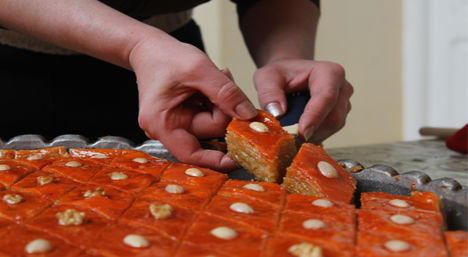
During the last Tuesday, people usually go to the cemetery and visit their relatives’ graves taking Samani (the grass) and candles. At the graveyard, they ask the mollahs to read prayers, thus they don’t forget their past and memorize and respect their relatives.
During the holiday, people cover their table with 7 (seven) blessings: water (a symbol of purity), a mirror (symbol of innocence), “samani” (a kind of sprout or grass that will continue to grow in the weeks leading up to the holiday, for rebirth and renewal), fish (a symbol of activity), apple (for a nice smell), halva (sweets), and a cup with gold (to symbolize prosperity). Moreover, during the holiday the candles must be lit, and no one should snuff them out.
Colored eggs decorate the tables, referring to the creation of living beings. Eggs are usually painted red. The red color is the embodiment of mankind’s desire to live in amusement. Tahir Amiraslanov, the director of the center of National Cuisine, asserts that the eggs are the symbol of the transition from inanimate to creature form. He adds, “They usually ask what was created first, the egg or the chicken. And the answer is the egg, because creatures were created from inanimates. God created the land first, and then people and animals. The egg is inanimate as well as a creature,” he says in one of the interviews to local websites.
Along with the decoration, the eggs are used for the competition too. Everyone should bring the most solid egg to the fire and start to hit the others with one's egg. The person's egg that was broken is considered to be lost, and the winner will take his egg.
The main personages of Nowruz are Kechal (the bald man), Kosa and Bahar qizi ( literary means ‘the daughter of Spring’). Bald symbolizes the previous period of the awakening of nature, Kosa - fertility and provision - and the Spring's daughter characterizes the abundance and sprouting of vegetation.
One of the traditions of Novruz is that children, neighbors and relatives are dropping hats under the doors. The hat should be filled with the blessings and returned to the owner. It has a meaning; according to belief, people share their blessings and give alms to poor families.
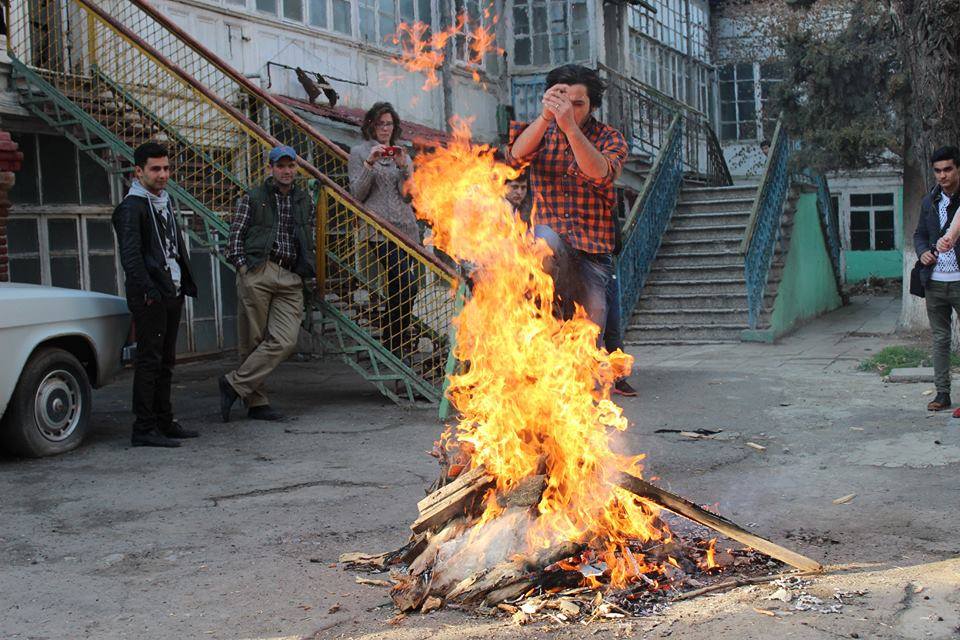

On the eve of Novruz, young girls do fortune-telling. They take an engagement ring, a glass of unused water, and a hair of the girl who wants to know her future. According to the rules, everyone should do it just once. They hang the ring upon the hair and keep it above the glass. However many times the ring will touch the glass, shows the age that the girl will be married.



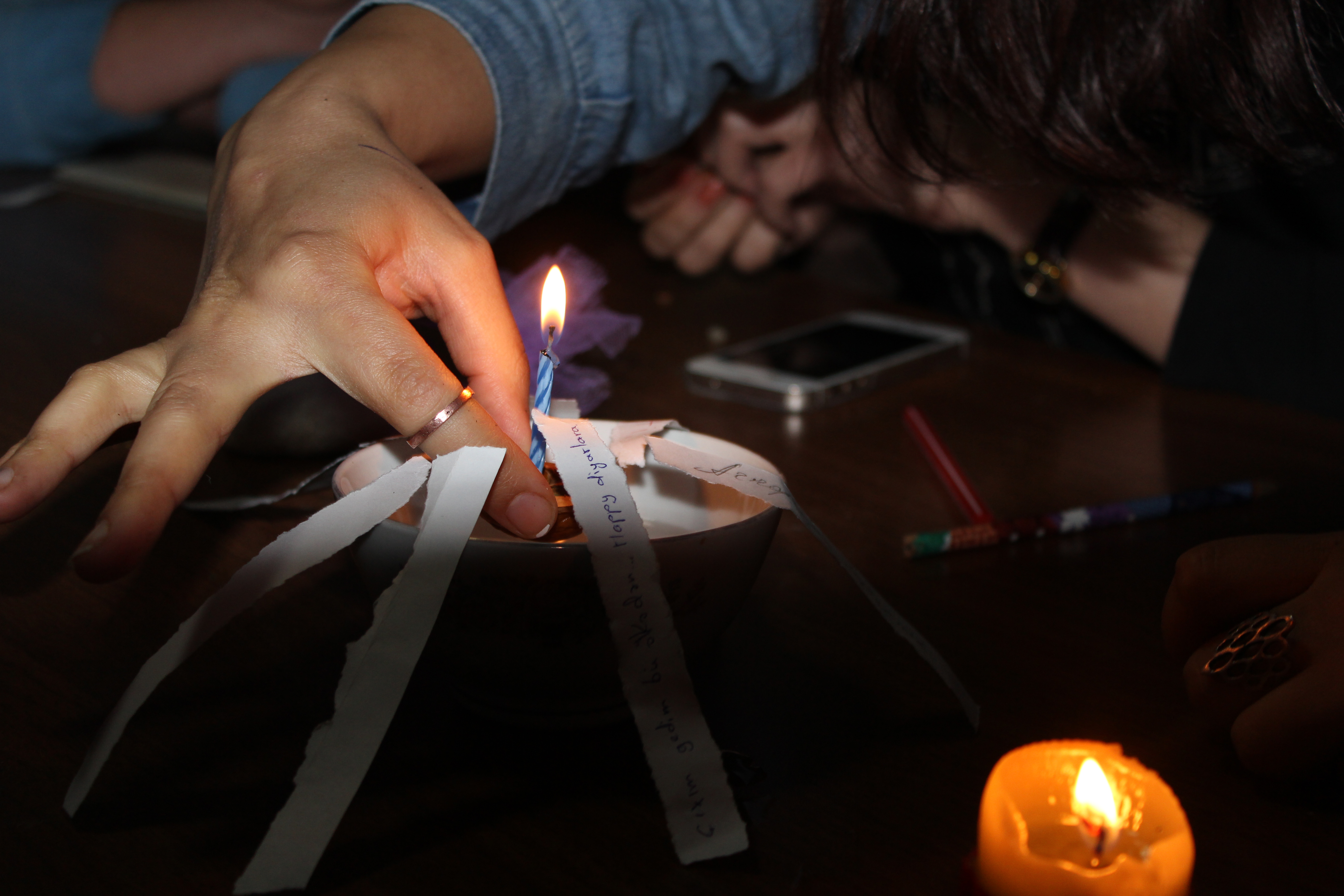
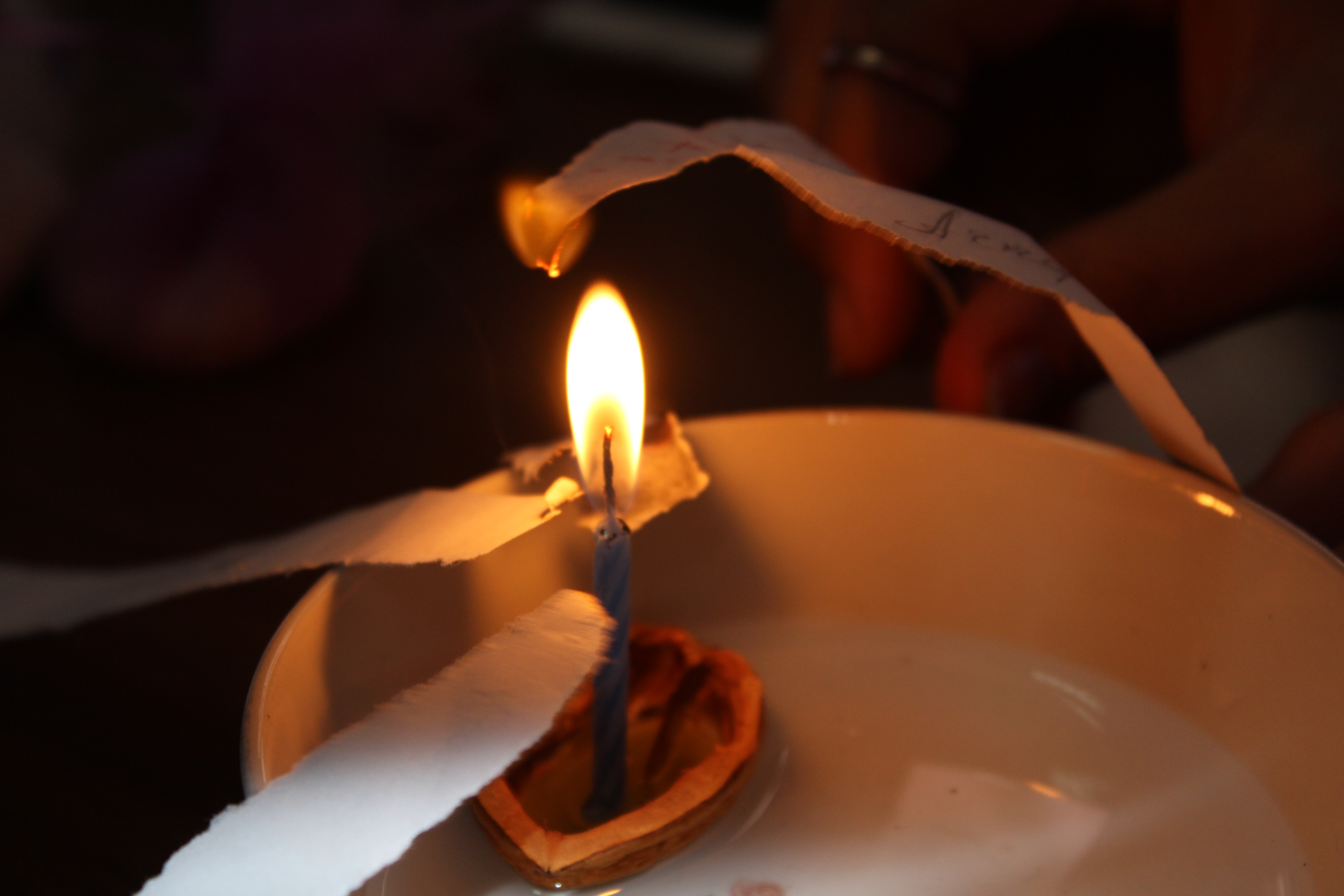
This tradition exists only in the Yukhari Salakhli village of Qazakh. The village elders say that if, in the city, this tradition is typically to put hats under the doors, in this village, men wear women's clothes and vice versa, and they are entering the house to gather blessings. This was to be hidden from the house's owner. Nowadays, the youth are mainly doing it. Instead of gathering the holiday's blessings, they gather money and pay for musicians. The purpose is to go to their relatives, friends or classmates houses and entertain them. Mainly, it is important so that lovers who usually cannot meet to each other, have a unique chance at flirtation. It is also said that the abduction of girls or “bride kidnappings” happens during this night.
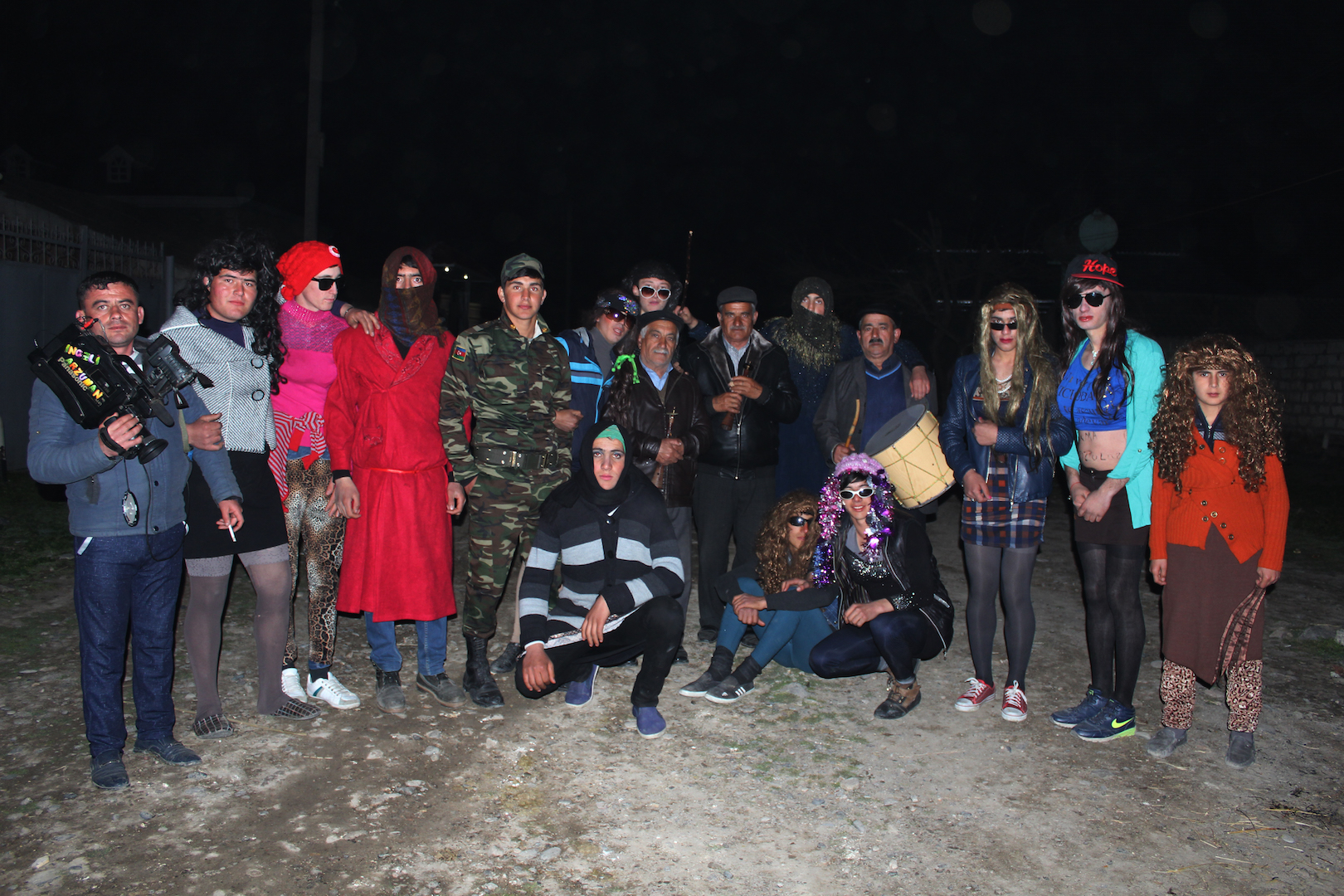
Sartichala Mughanli village of the Gardabani region in Georgia is a place populated by ethnic Azerbaijanis. In short, locals call it Mughanli. Yet, unlike other regions populated by ethnic azerbaijanis, Novruz celebrated in a different ways here.
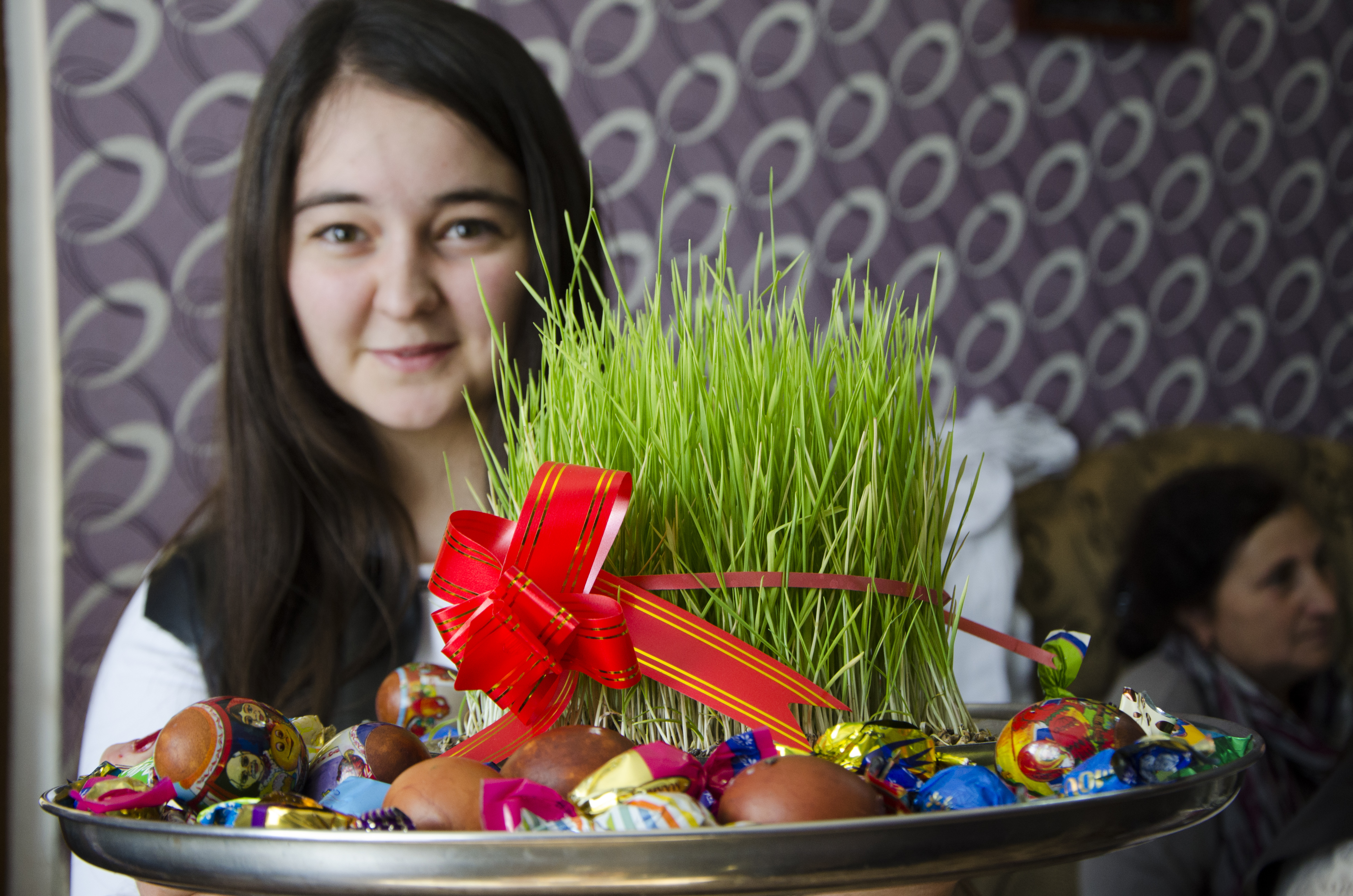
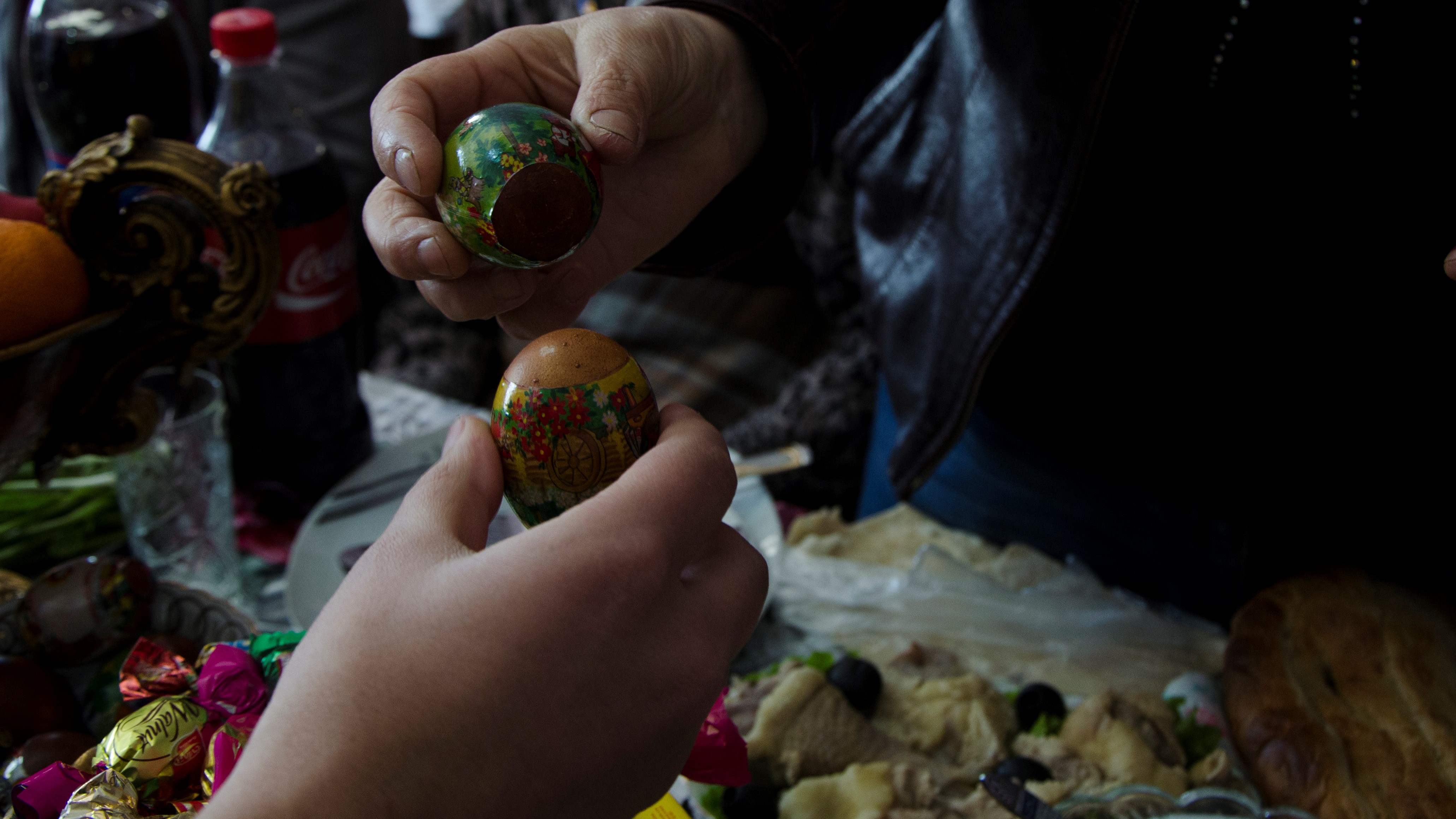
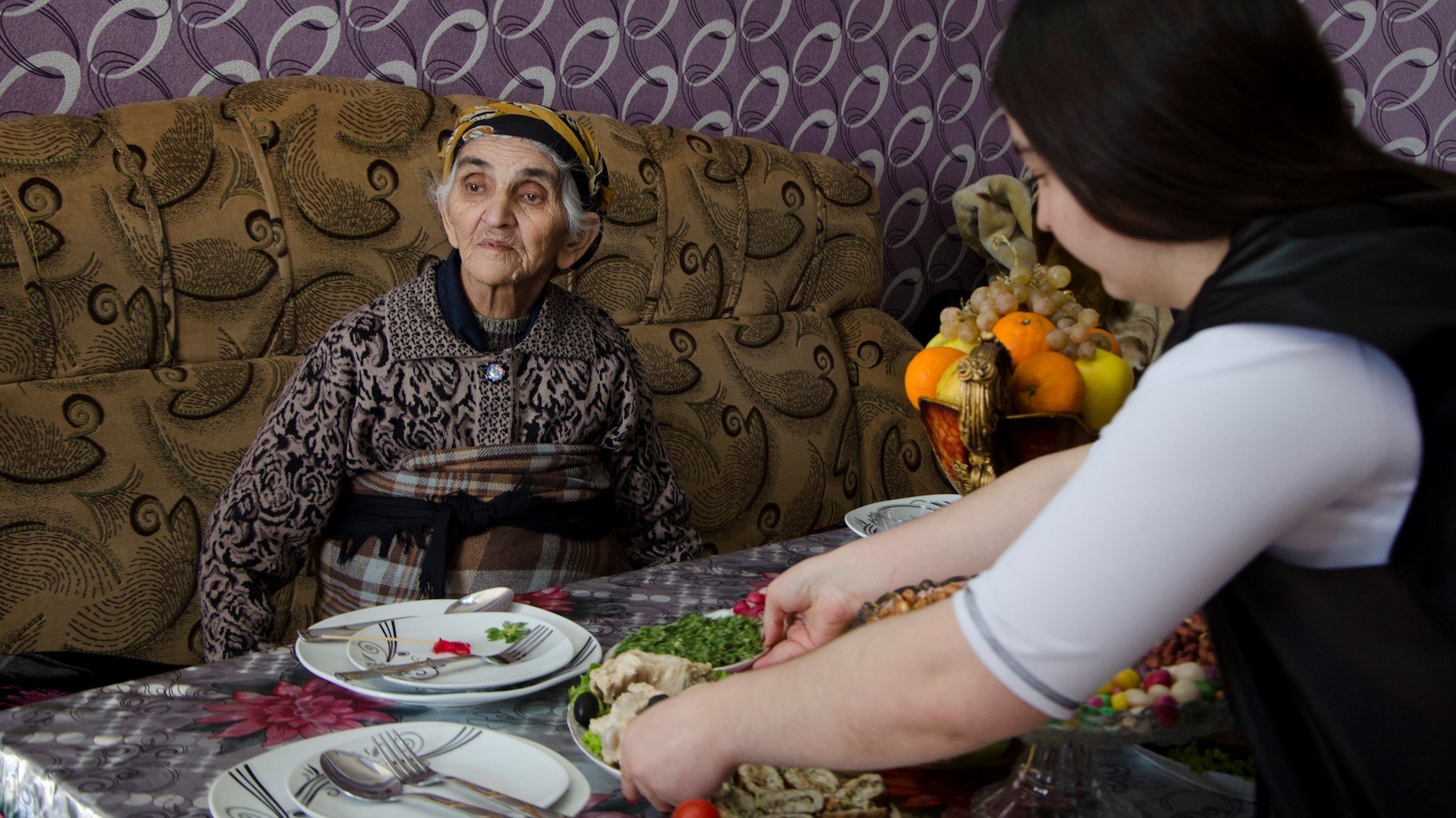
Starting from the march 1st till the 21st, villagers walk along the village singing the songs and dancing. On the day of the March 22nd celebration, all the villagers gather around the central square, from the early morning until noon. They play music, sing and dance. The uniqueness is that only men can appear along the ring. For women and children, this tradition is not safe. According to tradition, they should wear different types of costumes and masks, and go into the ring. They start to beat a man until he gives her money. Then after taking money, they dance together in a friendly way.
According to residents, nobody has been injured in this game. The money collected from it goes to the village's mosque, wedding things, or the person who is not able to afford a medical treatment. The outside celebration continues till 1 P.M, and then everybody goes to their home and starts to meet their guests.
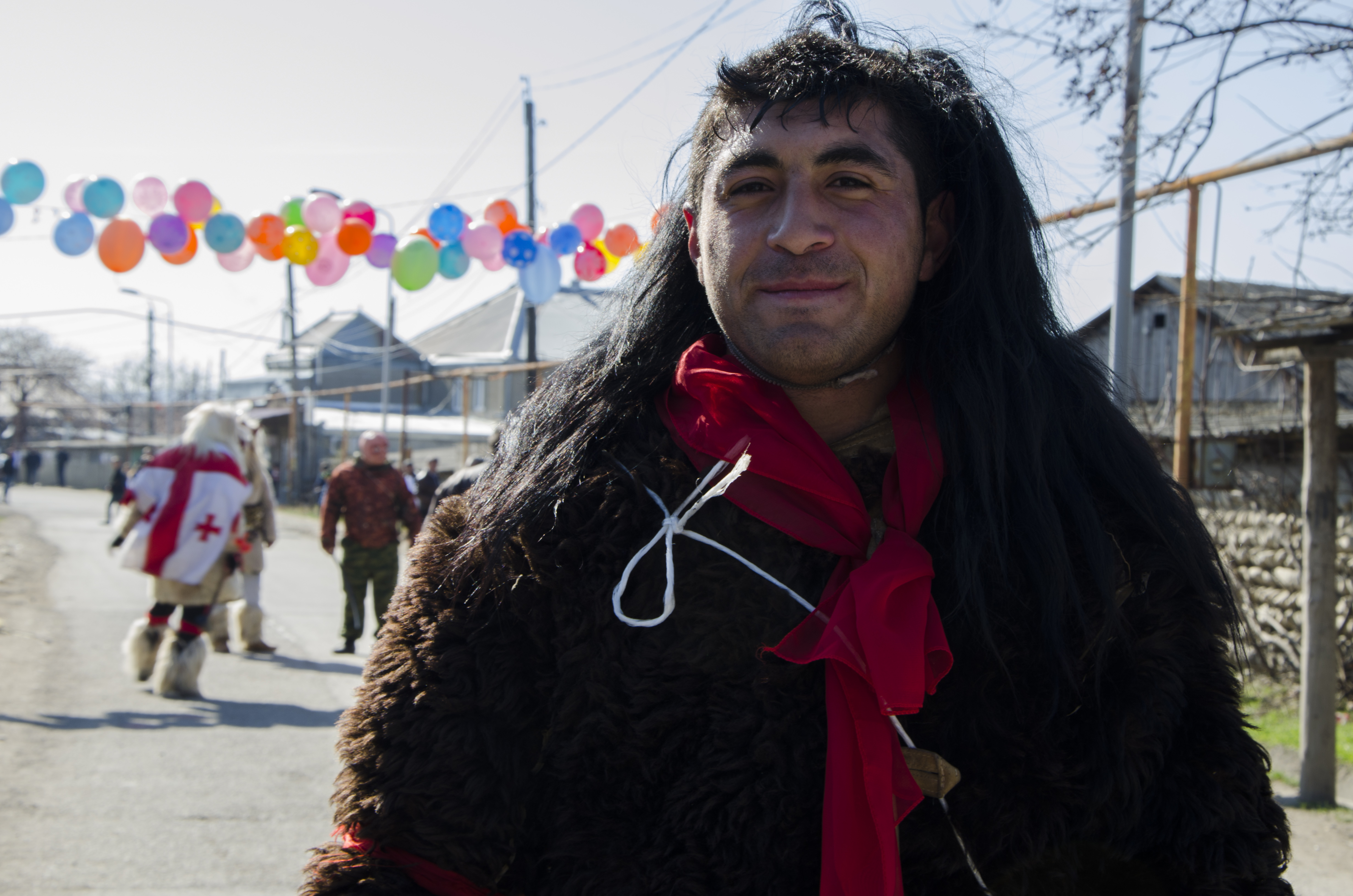

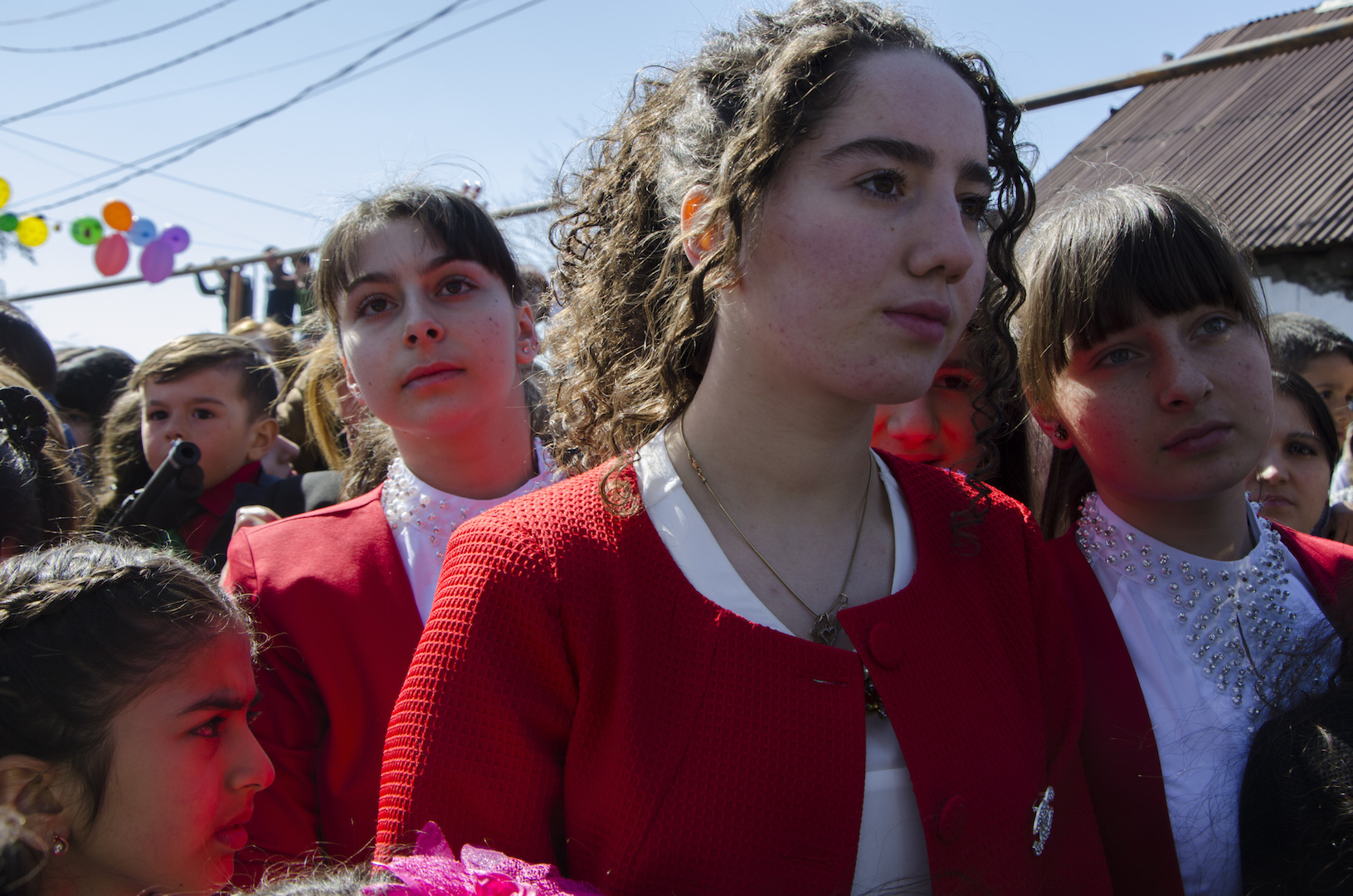
Public bonfires, jumping over them, and repeating a single phrase is typical of the last Tuesday; it is the most festive. White rice is cooked with dried fish, along with nuts and candies put on the table. On the last Tuesday, women go to the spring and fill their jugs with water. And on the last Tuesday, fruits and sweets are sent to a bride.

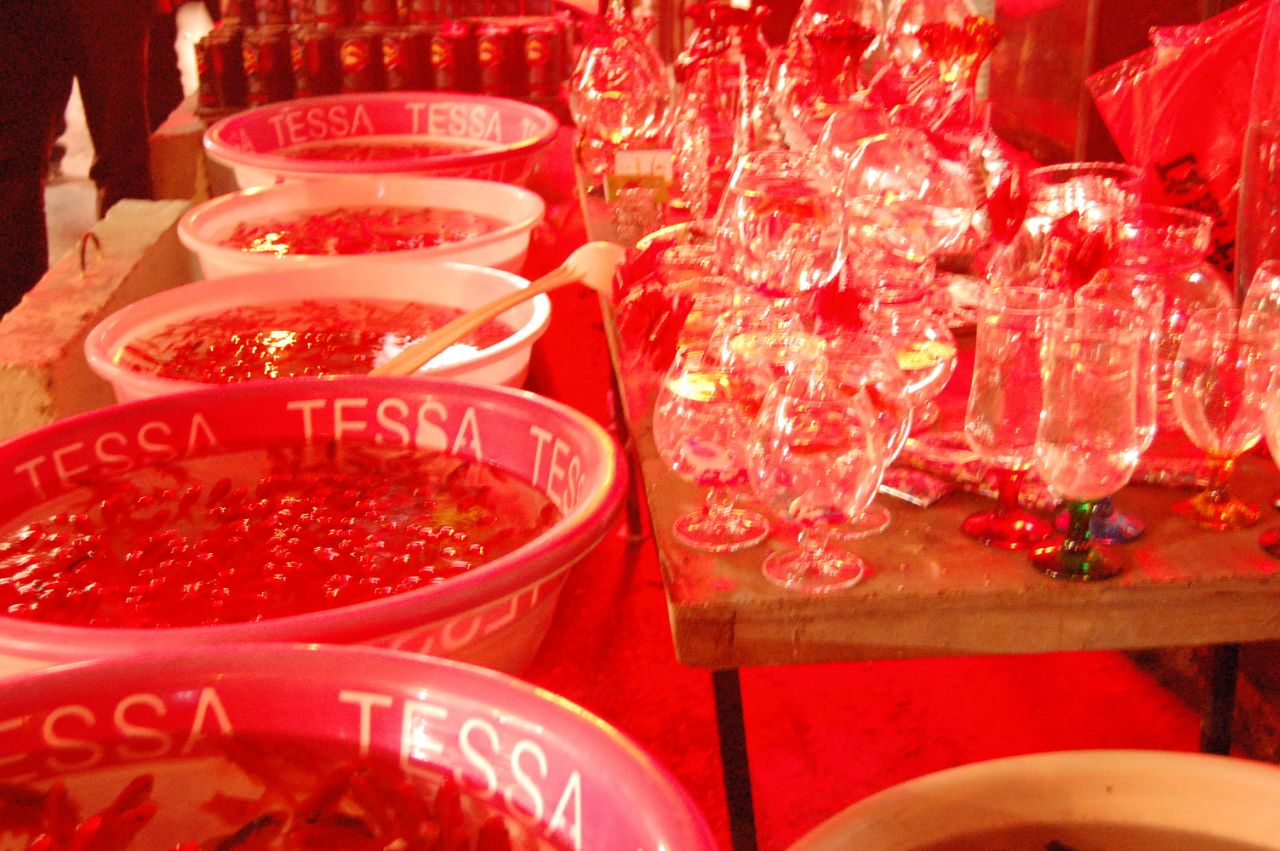





"In our region many ancient traditions are forgotten. For example, the tradition of hanging the scarf is left in the past, and nowadays you can see it only in fairy tales or poems. In my opinion, to forget the traditions is not good at all. Every nation and country has their own traditions and culture that shows their past and their history. This history can stand behind the folk, and if it is forgotten and disappears, we might repeat history again and again.
Nowadays, people are busy only with their industrial work, and for this reason their work becomes their life. He tries to go forward in step up with the time. There is a need to have a bridge between the past and the future. But unfortunately, there is no this bridge in our culture, and the time is broken. I must add that the deterioration of the financial side of people affects on the celebration of all these traditions. So, because they are disappearing, they hear about them from their parents only.
That's why I think there should be many films, and writings about all these traditions, so future generations will be able to reach them."
DONATE NOW

